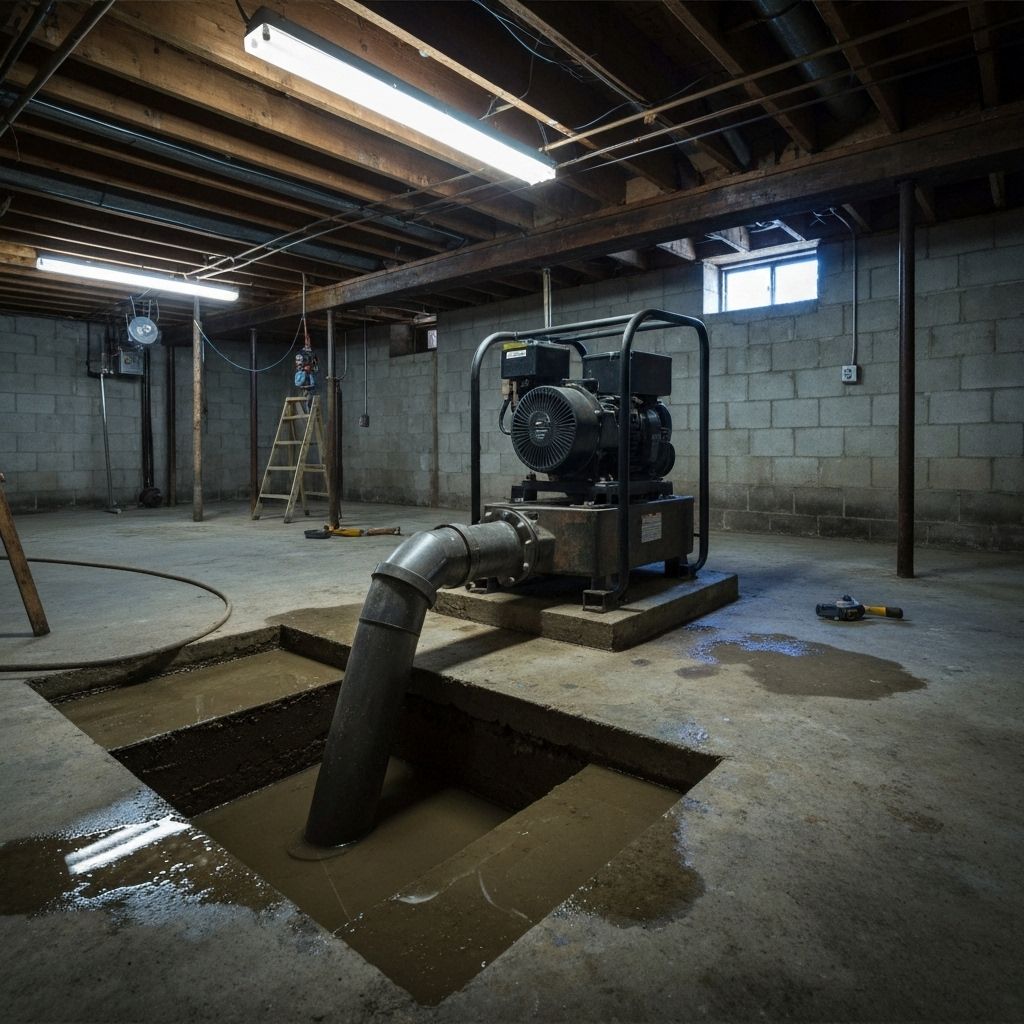Your sump pump is one of the hardest-working appliances in your home, protecting your basement from flooding and water damage. Yet many homeowners neglect this critical piece of equipment until it fails. Regular maintenance can extend your sump pump's life and ensure it works when you need it most. This comprehensive guide will walk you through everything you need to know about sump pump maintenance.
How Often Should You Maintain Your Sump Pump?
The frequency of maintenance depends on how often your pump runs and your local conditions. However, following a regular schedule ensures your pump is always ready.
- Test your pump every 2-3 months
- Clean the pump and pit annually
- Inspect before spring and fall rainy seasons
- Check after extended periods of non-use
Monthly Testing Procedure
Regular testing is the most important maintenance task. It only takes a few minutes and can prevent catastrophic flooding.
- Pour 5 gallons of water into the sump pit
- Verify the float rises and activates the pump
- Ensure water is pumped out quickly and completely
- Listen for unusual noises or vibrations
- Check that discharge line is flowing freely
Annual Deep Cleaning
Once a year, your sump pump needs a thorough cleaning to remove sediment, debris, and buildup that can affect performance.
- Disconnect power before starting any work
- Remove pump from pit and rinse with clean water
- Clean the inlet screen to remove debris
- Remove sediment and debris from the pit
- Check the check valve for proper operation
- Inspect all connections and hoses for wear
What to Inspect During Maintenance
Beyond cleaning and testing, regular inspections can catch problems before they cause pump failure.
- Float switch moves freely without obstruction
- Power cord is in good condition with no fraying
- Discharge pipe is secure and slopes away from home
- Check valve prevents water from flowing back
- Vent hole in discharge pipe is clear
- Pump sits level on pit bottom
Warning Signs Your Pump Needs Attention
Recognizing these warning signs early can prevent pump failure and basement flooding.
- Pump runs constantly or cycles too frequently
- Strange noises like grinding or rattling
- Pump runs but doesn't discharge water
- Visible rust or corrosion on pump
- Water level rises higher before pump activates
- Pump is more than 7-10 years old
Battery Backup System Maintenance
If you have a battery backup system, it requires its own maintenance schedule to ensure it works during power outages.
- Test backup system every 3 months
- Check battery water levels (if applicable)
- Clean battery terminals to prevent corrosion
- Replace batteries every 3-5 years
- Verify automatic switch-over function works
When to Call a Professional
While many maintenance tasks are DIY-friendly, some situations require professional expertise.
- Pump is more than 10 years old
- Frequent cycling or running continuously
- Pump fails to turn on or discharge water
- Visible damage or excessive rust
- Installing a new pump or backup system
- Upgrading to a more powerful pump
Regular sump pump maintenance is a small investment of time that pays huge dividends in preventing basement flooding. By following this guide and staying on top of maintenance, you can extend your pump's life and ensure it's ready when you need it most. If you're unsure about any aspect of sump pump maintenance or need professional service, contact Presto Waterproofing. Our technicians can inspect, maintain, or replace your sump pump to keep your basement dry and protected.

